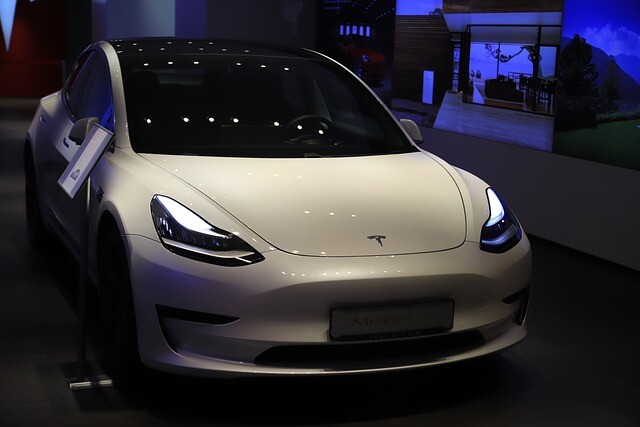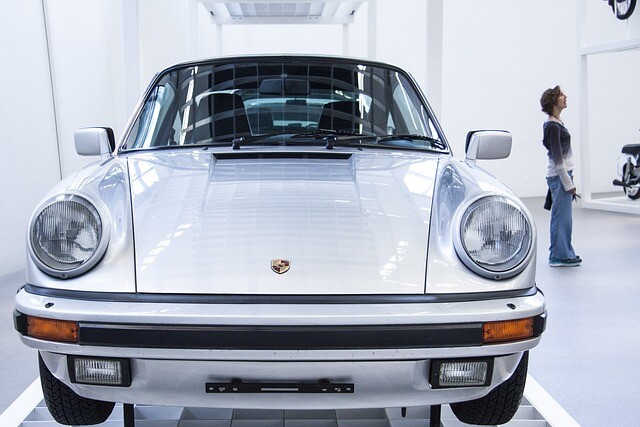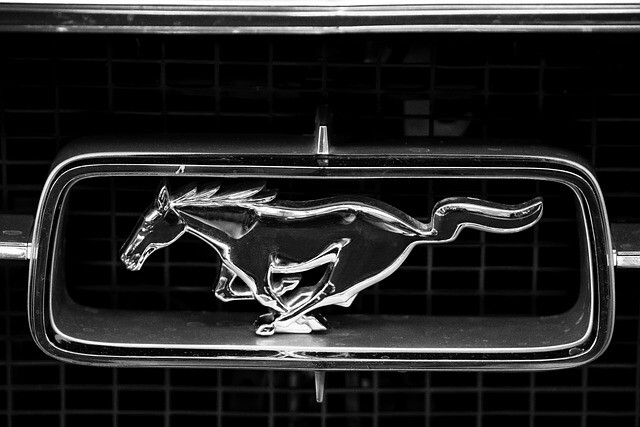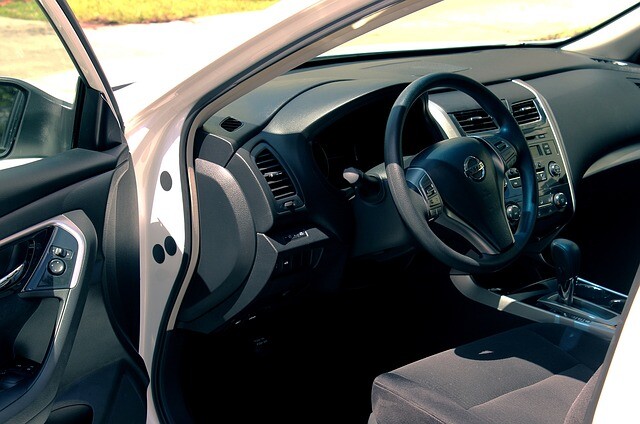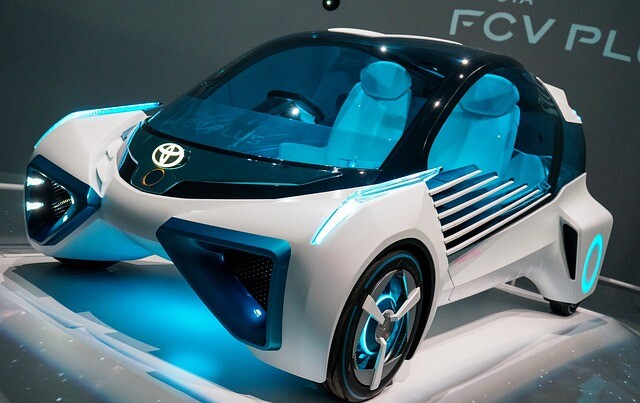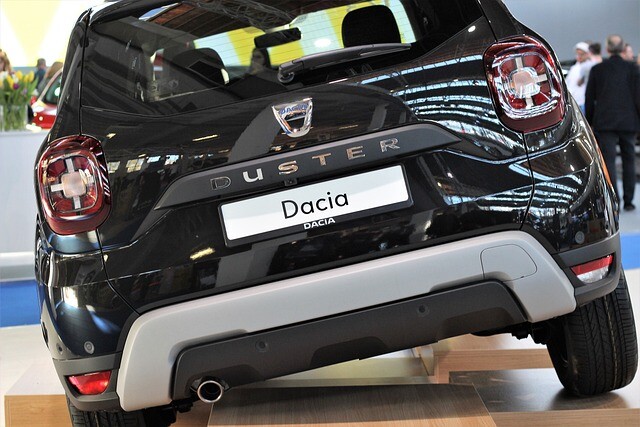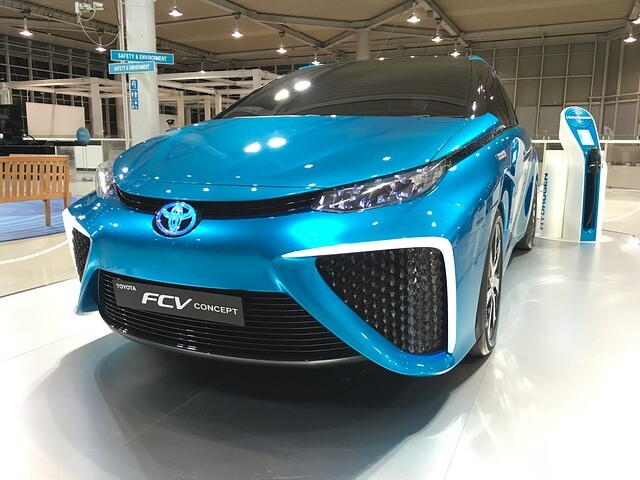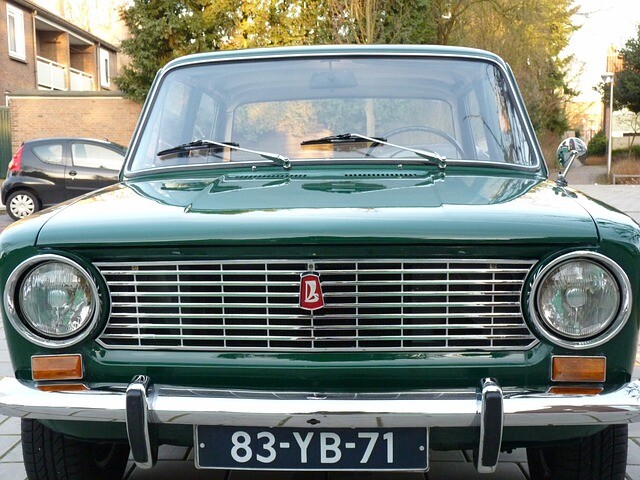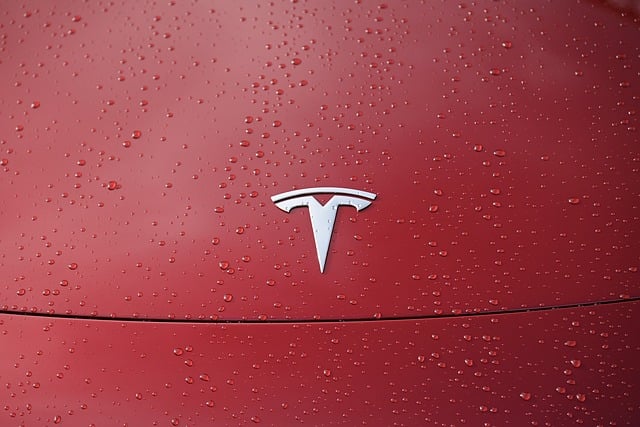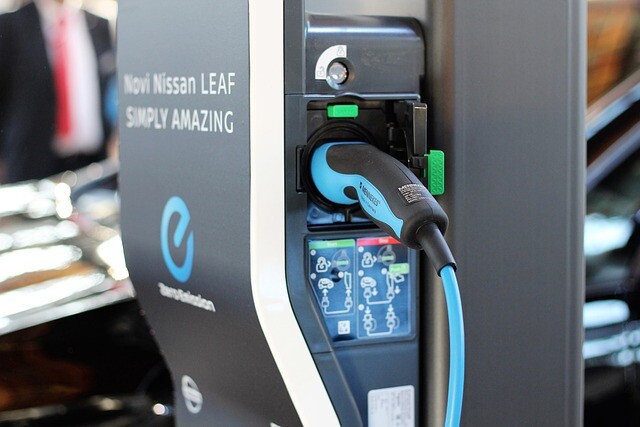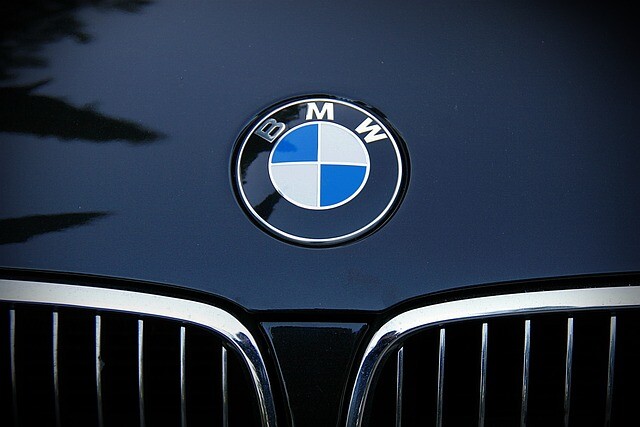Hungarians and self-driving cars
Based on data obtained from millions of experiments, researchers at the Computer Science and Automation Research Institute of ELKH (SZTAKI) have succeeded in creating a model that can help in the development of autonomous systems.
One of the major challenges in the development of five-level, ie fully self-driving, vehicles is the development of a management system that takes into account the myriad dimensions of driving. Driving is not a linear system in which you can travel at a given speed - in real traffic, the speed, direction and environment of the car are constantly changing, so you need a control system that can adapt to all this at the same time - read the Eötvös Loránd Research Network ( ELKH).

When developing this type of management system, professionals often start with the operation of management assistance systems. “On the one hand, this is a logical approach, as they have been on the market for a long time, but on the other hand, the reliability of a self-driving system can only be 100 percent if no one has to intervene in the process at any time, even in an emergency,” they write.
Based on data from millions of experiments, researchers at the SZTAKI Laboratory of Systems and Control Theory have succeeded in creating a model that can help develop autonomous systems.
According to the report, the researchers used big data-based analysis methods to build the model. After analyzing the data collected from the run experiments, it was decided not to build a non-neural network-based model because it may become too complex during teaching to design a guaranteed quality, safety-critical management system. Instead, they worked with model structures with variable parameters and control models based on them.
The control model created in this way can simultaneously adapt to the constantly changing environmental effects as the vehicle travels, while at the same time providing guaranteed quality characteristics.
The completed algorithm was tested by researchers using CarSim car simulation software, including running the program on a virtual model of the Michigan Waterford Hills racetrack. Compared to the nominal procedures available so far, the version based on the new modeling procedure has resulted in a more maneuverable self-driving vehicle type than before. The differences were spectacular mainly in the case of extreme maneuvers and sudden turns.
(Source: vezess.hu / photo: pixabay.com)

